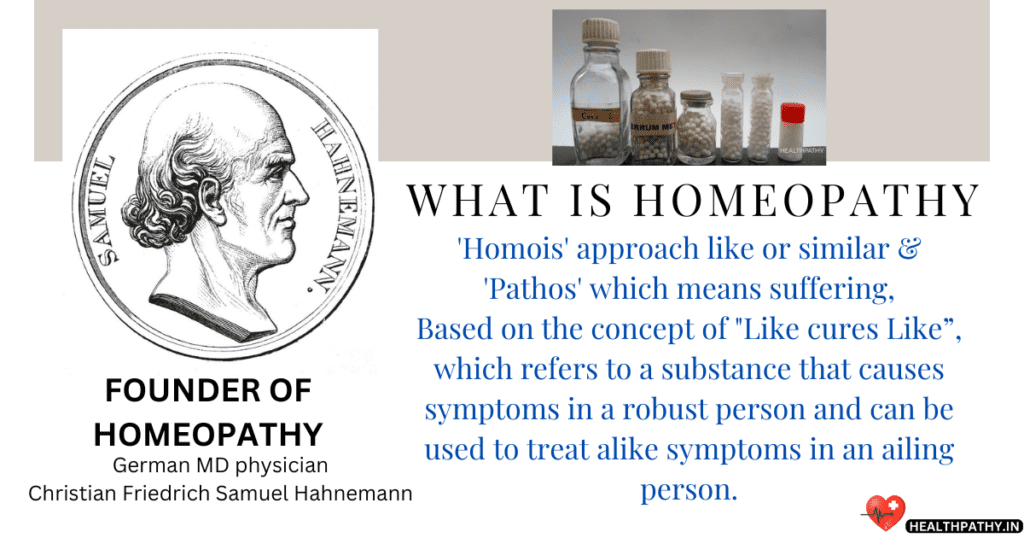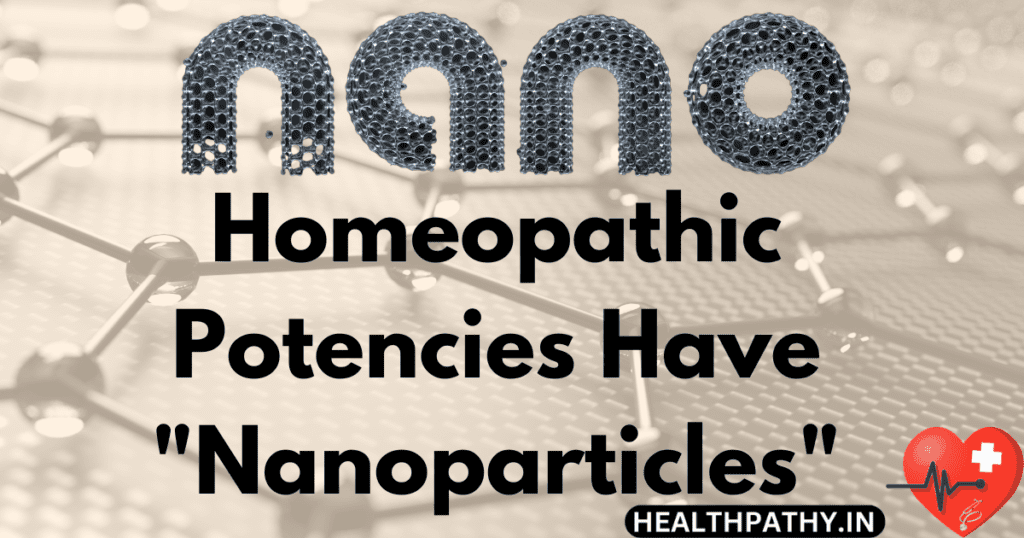Saturday 08 March 2025 9:40:38:PM
I am a homeopathic doctor with clinical experience spanning over 26 years, since 1997. I try to explain the basic principles of homeopathic medicine briefly. Furthermore, I make an honest effort to investigate this topic and explain Homeopathy in a basic and straightforward way.
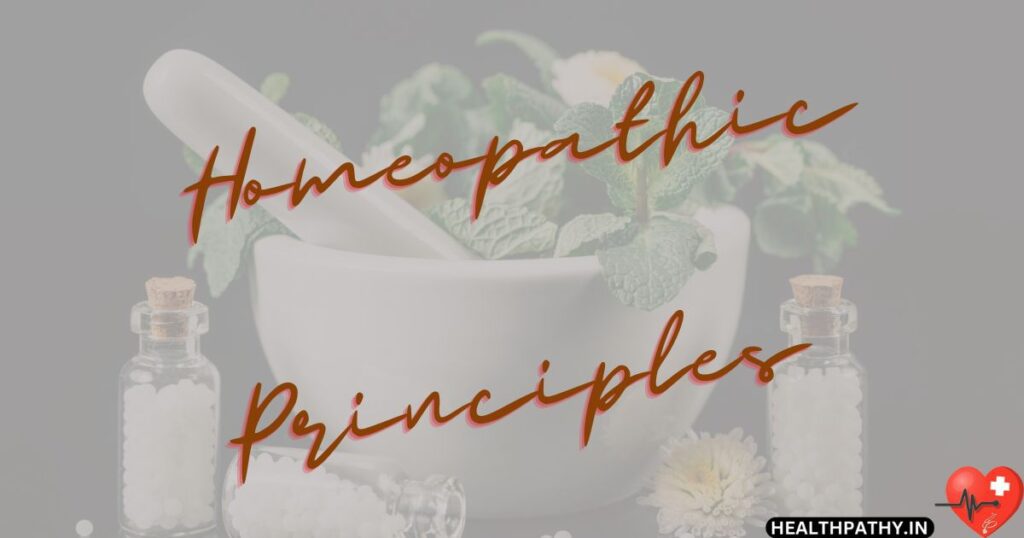

Basic Principles Of Homeopathic Medicine
The essential concepts of homeopathic medicine follow the philosophy and device format of Samuel Hahnemann, which aims to stimulate the natural healing tactics. The standards of homeopathy encompass:
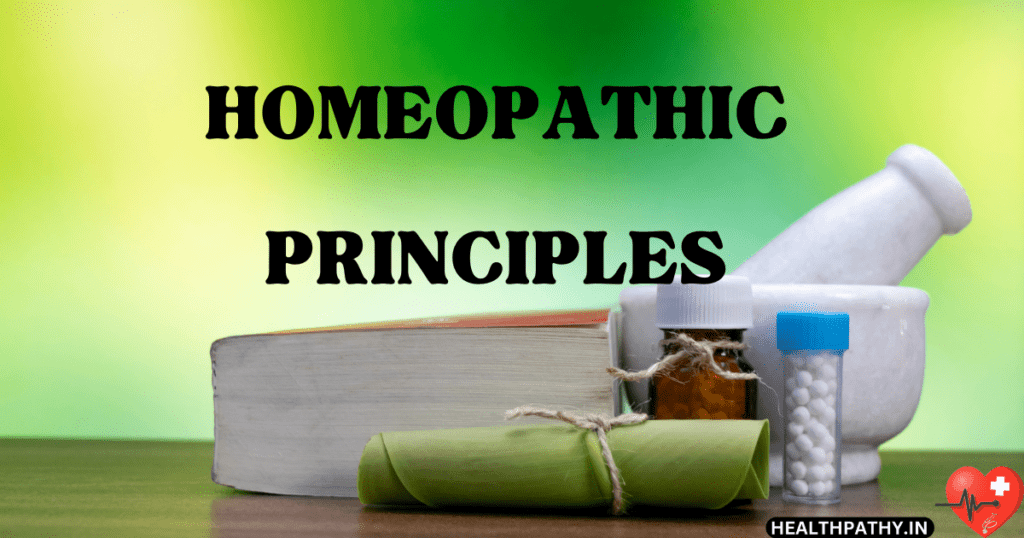

Fundamental Principles Of Homeopathy
The standards of homeopathic principles of medicines encompass:
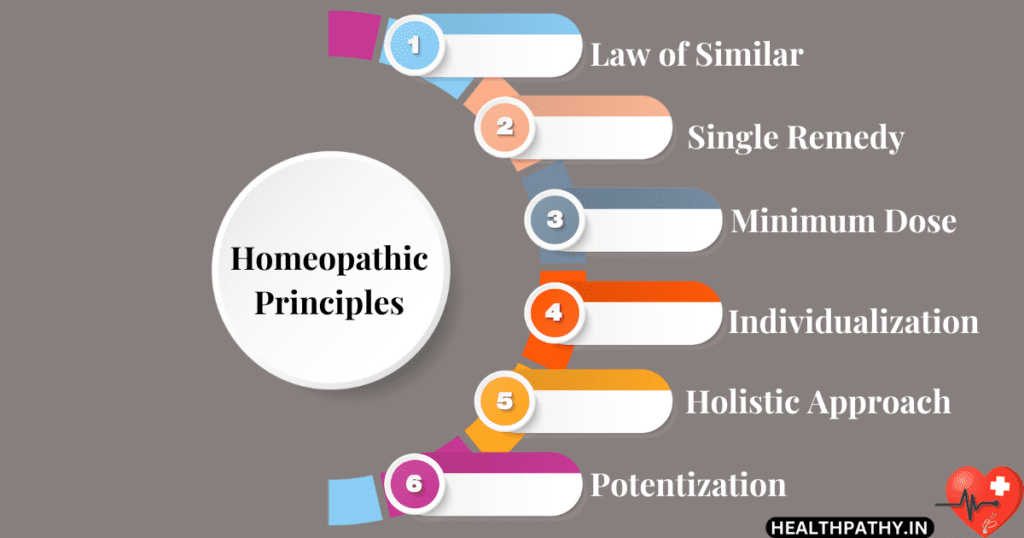

Law Of similar
Law of Similar (Similia Similibus Curentur): It says that a drug that may show signs and symptoms in a healthy man or woman can be used to treat similar symptoms in an unwell individual. In other phrases, “Like Treatment Plans Like.” In homoeopathy, a drug that can produce symptoms in a healthy person can also, in nontoxic microdoses, stimulate cure in people who are experiencing the same symptoms, regardless of the cause. How this law actually manifests itself: A person gets a headache, along with a flushed face, dilated pupils, a quick heartbeat, and a restless feeling. A cure that causes all of these symptoms in a healthy person is sought for after the homoeopathic doctor investigates these signs.
Single Remedy
Single remedy: A single remedy must cover all the emotional, physical, and mental symptoms of an ill person. At any one time, just one homoeopathic medicine is administered. It would be challenging, if not impossible, to predict the effects of several homoeopathic treatments administered simultaneously.
Minimum Dose
Minimum Dose: The minimum dose necessary to stimulate the person’s healing power. Remedies are exceptionally diluted and succussed (shaken vigorously) to lessen toxicity and intensify their therapeutic effect. It is believed that the more diluted a drug is, the more potent it will become.so it shows “Less is more”
Individuals frequently experience side effects or unfavorable responses when taking drugs in adequate doses. The homoeopath uses the smallest amount possible to treat this issue in order to maximize therapeutic results while minimizing undesirable side effects.
The individual’s reaction to the cure dictates how often to provide the dose. Even the right treatment may have a lessening effect if it is repeated too often. Homoeopathy promotes the use of less.
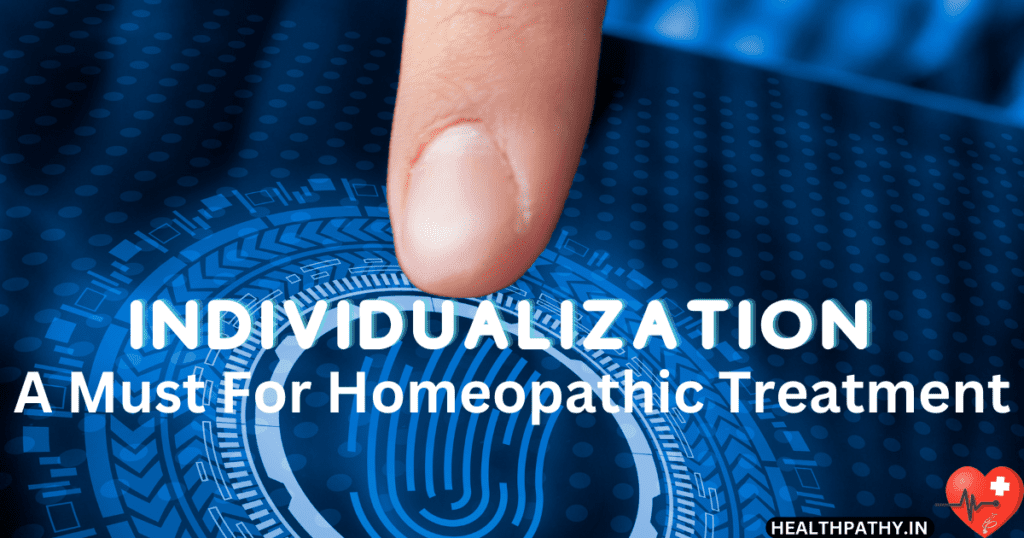

Individualization
Individualization: Each individual is unique or particular and experiences illness in a personal way. Case-taking is based totally on the Hahnemannian principle, i.e., From head to foot, From generals to particulars. The patient’s desires, aversions, and thoughts of mind all are important. Each person differs from the other. Therefore, treatment is based totally on the unique or particular specific signs and general signs and symptoms. A homeopath observes the man or woman’s physical, intellectual, and emotional symptoms to pick out the best remedy.
Holistic Approach
Holistic Approach: Homeopathy sees the body as an entire, Homeopaths recollect body, intellectual, and emotional elements of someone’s health whilst prescribing remedies.
Potentization
Potentization: Homoeopathic medicines are produced differently from conventional medicines, despite the fact that they are generated from natural materials like plants, minerals, animals, etc. An extremely diluted extract is produced via diluting in steps. The medicine is vigorously shaken and succussed with each dilution phase. The goal of this succussion technique is to awaken the medicine’s dynamic character.
Homeopathic remedies undergo a method referred to as potentization, which includes lengthy serial dilution and succussion. The idea at the back of this process is that it enhances the lively and recovery properties of the remedy while reducing any capacity for poisonous outcomes. Homoeopathic medication is non-toxic and free of side effects because a potentized cure lacks the necessary material to act directly on tissues.
Conclusion: It’s a brief explanation of homeopathic principles of medicines. Hope you like it.
Disclaimer
The articles/blogs/content provided here aim to provided solely for informational purposes about homeopathy, including its principles, rules, and how it works. However, they are not a substitute for in-depth study from original and authoritative sources. To gain a comprehensive understanding of homeopathy, it is recommended to refer to the original texts and works by established homeopathic authorities. The content provided here is for educational and informational purposes only and should not be considered as professional medical advice.
Readers are encouraged to seek out original texts, consult accredited homeopathic professionals, and conduct their own research to gain a comprehensive understanding of homeopathy. While I strive for accuracy, based on homeopathic books, and clarity, the information I provide may not cover the full scope of this intricate discipline. I do not endorse specific treatments or remedies, and any decisions made regarding healthcare should be done in consultation with qualified experts.
I assume no responsibility for actions taken based on the above information presented.
MUST READ:
- Acromegaly Cures With Scientifically Proven Homeopathy - 8 February 2024
- Acidity Cures With Scientifically Proven Homeopathy - 1 February 2024
- Appendicitis Cures With Scientifically Proven Homeopathy - 27 January 2024



